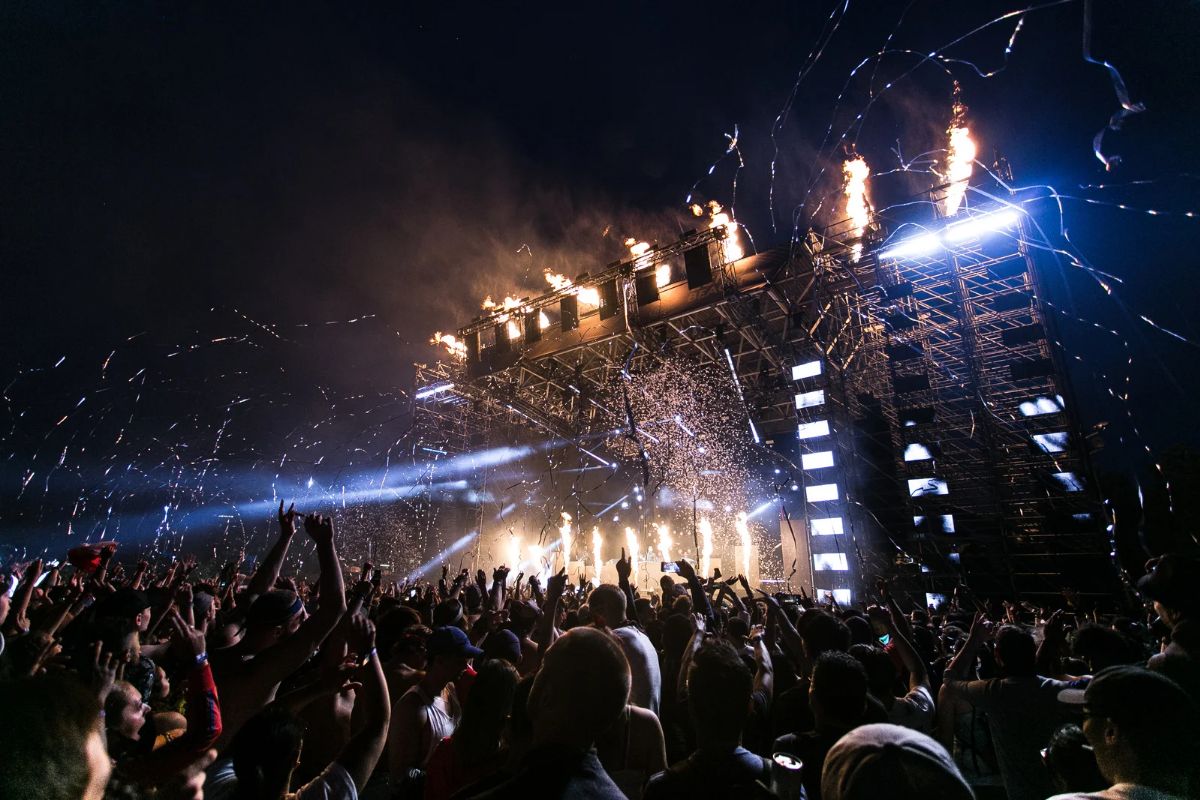Just How Production Business Change Principles Into Compelling Visuals
The process by which manufacturing companies transform abstract principles into engaging visuals is both complex and methodical, starting with the important phases of ideation and manuscript growth. As the task advances through pre-production, manufacturing, and post-production, each stage needs cautious focus to information and positioning of imaginative elements.
Recognizing the Creative Process
While the creative procedure may vary considerably from one manufacturing company to one more, it normally involves a structured strategy that stabilizes artistic vision with practical execution. Originally, the process begins with ideation, where concepts are conceptualized and refined. Throughout this phase, innovative teams take part in discussions that discover themes, stories, and visual styles, making sure that the core message aligns with the designated audience.
Following ideation, the advancement stage takes center stage, where manuscripts, storyboards, and shot listings are meticulously crafted. This phase is essential as it converts abstract ideas right into tangible strategies, facilitating a smoother production procedure. The imaginative group works together carefully, ensuring that every aspect, from casting to place scouting, mirrors the creative intent.
Once pre-production wraps up, the execution phase commences, where the project is brought to life through shooting and editing. This phase needs an eager attention to information, as the creative vision is understood via technical know-how and creative expression. Finally, post-production further fine-tunes the visuals and audio, finishing in a polished end product that resonates with the audience. Hence, recognizing this structured creative procedure is important for valuing how production firms change ideas into compelling visuals.

The Function of Cooperation
Exactly how does collaboration boost the imaginative result of production business? At its core, cooperation is an important catalyst that promotes technology and creative thinking within the production landscape.

Additionally, cooperation urges open interaction, which is critical for navigating the intricacies of production. It cultivates an environment where comments is valued, permitting repetitive enhancements and modifications that elevate the end product. Ultimately, the collective spirit within production business offers to change preliminary principles into compelling visuals that mesmerize viewers, reinforcing the value of teamwork in accomplishing creative quality.
Pre-Production Fundamentals
Pre-production is an important stage in the filmmaking process, commonly including 5 vital actions that lay the groundwork for a successful production. The initial step involves script advancement, where the screenplay is improved, ensuring that the narrative is cohesive and compelling. This is adhered to by budgeting, which establishes the monetary structure for the project, recognizing crucial costs associated with cast, staff, areas, and tools.
The 3rd step is casting, a crucial procedure that entails selecting the appropriate stars to represent the personalities authentically. A well-cast movie can dramatically enhance the story's influence. Next off, location searching is conducted to over at this website discover appropriate recording websites that line up with the vision of the job, taking into account logistical elements such as ease of access and permits.
Recording the Vision in Manufacturing
In the vibrant environment of a film set, capturing the vision in manufacturing calls for precise sychronisation and partnership among all divisions. Each team, from cinematography to art direction, plays a vital function in converting the movie script right into visual imagery that reverberates with target markets. The supervisor's vision must be properly communicated to make certain that every shot, angle, and illumination option aligns with the overarching story.
Cinematographers are tasked with picking camera equipment and lenses that ideal share the story's tone, while manufacturing designers develop immersive settings that improve the visual experience. Wardrobe and makeup groups contribute by forming characters with their look, enhancing the narrative's styles.
Audio layout and music also match the visuals, developing psychological context and heightening target market involvement. Daily coordination conferences and on-set interaction networks help with real-time modifications, making certain that any type of imaginative nuances are captured as they occur.
Eventually, recording the vision in production is about balancing these varied aspects to develop a cohesive and engaging visual story. The collective effort not only brings the script to life yet additionally lays the structure for a powerful cinematic experience.
Post-Production: Refining the Final Product
Post-production plays a vital duty in refining the end product, changing the raw video footage caught throughout manufacturing right into a polished motion picture experience (production companies nashville tn). This phase includes numerous crucial procedures, consisting of editing, audio style, shade modification, and aesthetic impacts, each adding to the overall page narrative and emotional effect of the movie

Audio layout is just as essential, involving the enhancement of dialogue, audio effects, and climatic sounds that enhance the seeing experience - production companies read the article nashville tn. The mindful layering of audio components helps immerse the audience in the tale world
Color correction additionally improves visual appeal, readjusting hues and contrasts to create a natural aesthetic that aligns with the movie's state of mind. This step makes certain that each framework reverberates mentally with visitors.
Conclusion
To conclude, the makeover of concepts right into engaging visuals demands an organized and collective strategy within production firms. By prioritizing communication and sychronisation throughout the creative process-- from ideation and pre-production to production and post-production-- these business effectively align numerous artistic components with the story. This thorough methodology not just improves narration but additionally astounds target markets, inevitably resulting in immersive and appealing motion picture experiences that reverberate deeply with audiences.